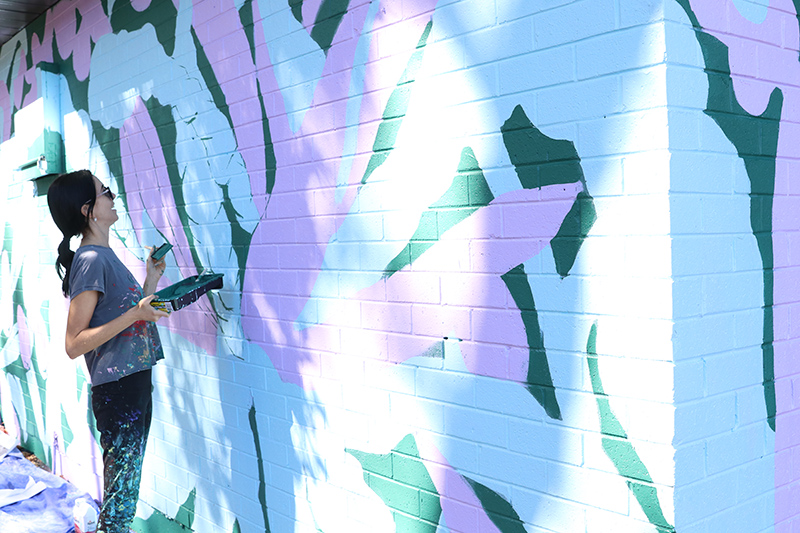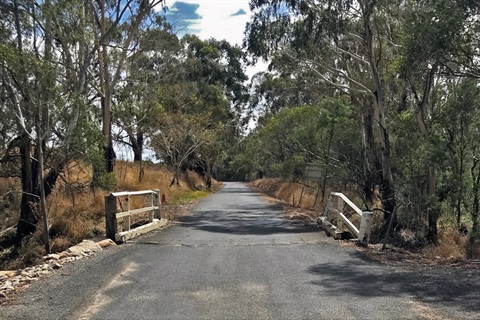This article examines consumer preference and willingness to pay (WTP) for microgreens grown with LED lighting compared with HPS lighting and sunlight in the presence of different amounts and types of information. We find that negative information harms WTP, and positive information has little to no impact on WTP. We also examine how other attributes (i.e., price, location produced, production type, location purchased) impact WTP.
As the use of LED lights becomes more common, it is important for producers and retailers to identify and understand how information impacts consumer preference and WTP. Since negative information can decrease preferences for microgreens grown with LED lighting, it is important for marketers to know how to counter this negative information. Other negative information about LED lights that is important to address is how LED lights have increased light pollution. Some popular press articles suggest that the new excess in light is endangering ecosystems and altering humans’ biochemical rhythms. If LED lighting is perceived negatively due to light pollution in neighborhoods, this could adversely influence preference for microgreens (and potentially other vegetables/fruits) produced under LED lights. Our results give validity to consumers’ turning on LED lighting given the significant impact of negative information of preference within the results.
Another aspect that is important to understand is that consumers will more readily pay a much higher price for microgreens sold in a farmers’ market than microgreens sold in a supermarket. This can have an effect on pricing seen in these different locations. It is also seen that organic microgreens are not preferred to conventional microgreens. This information can be beneficial to farmers deciding what production practices to use. Finally, we see that microgreens grown in California are not preferred to microgreens grown in Mexico or locally. This may help a producer decide whether microgreens are worth producing in their area.
Willingness to pay estimates calculated from the random parameter logit model (RPL) from an online survey about LED lighting and plant purchasing conducted in Jan 2021 can be found below.
The information gained from this study can help producers better understand if they should produce microgreens, and if they do, where they should focus their market and what type of labels should be considered. This study also provides a better understanding of what the use of LED lights could mean for their production and marketing.
According to the author, “The research was conducted in order to better understand how consumers’ views on different plants/foods (in this case microgreens) would be changed with varying information (positive and negative) information treatments.” This research is a part of Project LAMP supported by SCRI grant no. 2018-51181-28365 from the US Department of Agriculture, National Institute of Food and Agriculture.
Dr. Campbell is Associate Professor and Extension Specialist in the Department of Agriculture and Applied Economics, University of Georgia.
The full article can be found on the ASHS HortScience electronic journal website at:
https://doi.org/10.21273/HORTSCI16948-22
Established in 1903, the American Society for Horticultural Science is recognized around the world as one of the most respected and influential professional societies for horticultural scientists. ASHS is committed to promoting and encouraging national and international interest in scientific research and education in all branches of horticulture.
Comprised of thousands of members worldwide, ASHS represents a broad cross-section of the horticultural community-scientists, educators, students, landscape and turf managers, government, extension agents and industry professionals. ASHS members focus on practices and problems in horticulture: breeding, propagation, production and management, harvesting, handling and storage, processing, marketing and use of horticultural plants and products. To learn more, visit ashs.org.








